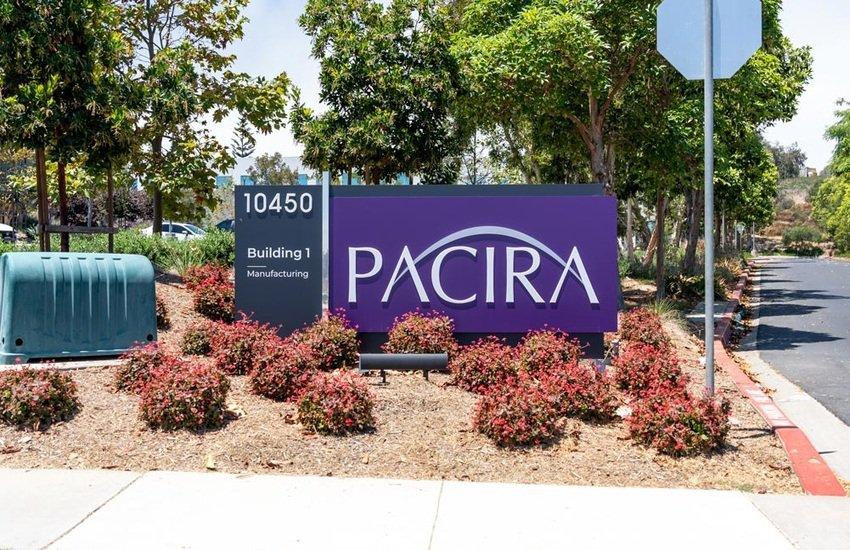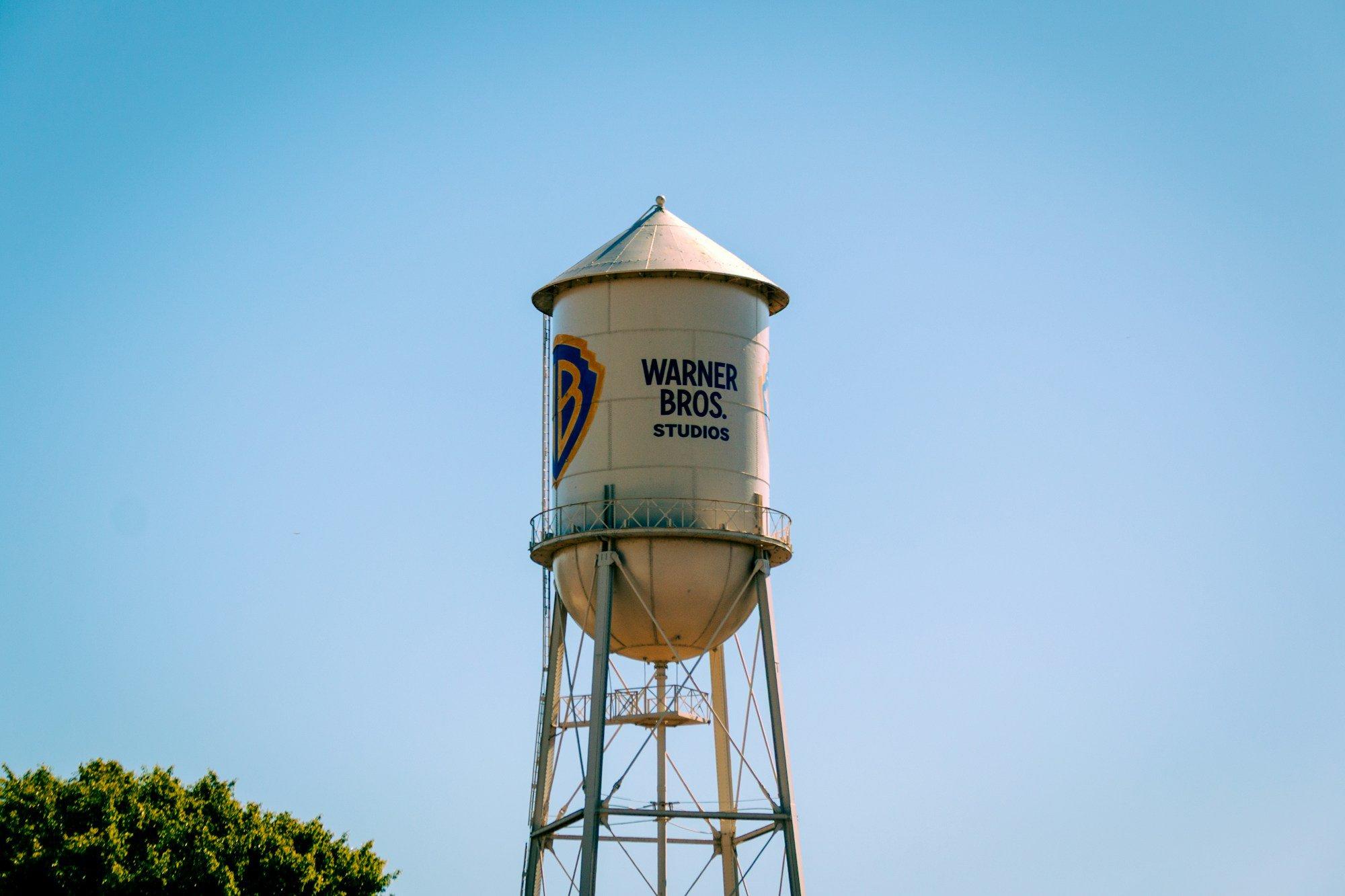Pacira BioSciences (NASDAQ:PCRX) is the biotech small-cap grabbing eyeballs in the M&A circuits after DOMA Perpetual Capital Management, a 6.8% stakeholder, publicly urged the company to pursue a full sale process. In a letter addressed to Pacira’s board, DOMA Perpetual’s CEO Pedro Escudero criticized management’s persistent underperformance and rising spending, calling for immediate engagement with bankers to explore strategic alternatives. The activist investor claims Pacira could fetch as much as $66 per share in a sale, roughly triple the current price, citing the company’s longer-term earnings potential and valuable non-opioid pain management pipeline. This news follows a mixed Q3 2025 earnings report, where Pacira posted a 6% year-over-year revenue growth, led by a strong quarter for its flagship product EXPAREL. Despite robust product momentum and progress on its “5×30” growth strategy, the stock has underperformed, which may have prompted this shareholder push. Let us dive deeper and take a closer look at the forces at play that could drive a potential acquisition of the company.
EXPAREL’s Rebound & Market Penetration Gains
One of the strongest bullish catalysts supporting Pacira BioSciences’ value proposition is the continued resurgence of EXPAREL, the company’s flagship non-opioid pain management product. In Q3 2025, EXPAREL volumes grew 9% year-over-year — the fastest quarterly rate in over three years — driven by market access wins, targeted pricing programs, and performance-based contracting with Group Purchasing Organizations (GPOs). More than 90% of EXPAREL’s business is now under contracted pricing, which provides volume stability and revenue visibility. Notably, separate reimbursement policies for EXPAREL under the NOPAIN initiative expanded access to over 90 million lives across commercial and government payers. This growth is particularly strong in ambulatory surgical centers and community hospitals, where volume growth exceeded 25% and low teens respectively. With EXPAREL gaining traction in outpatient settings and expanding beyond the surgical bundle, Pacira is well-positioned to ride secular trends in opioid-sparing pain therapies. Digital marketing campaigns have also boosted EXPAREL’s visibility, with website traffic up 70%, indicating rising patient and physician engagement. Despite near-term ASP (average selling price) pressure from GPO discounts and product mix shifts, Pacira expects volume and revenue growth to converge in 2026. Overall, EXPAREL’s resurgence underscores the commercial potential of Pacira’s base business and supports the valuation argument put forth by DOMA Perpetual. If the company maintains its current growth trajectory and tightens execution, it could become an attractive acquisition candidate for larger players looking to strengthen their non-opioid portfolios.
Pipeline Expansion With AMT-143 & PCRX-201
Pacira’s pipeline expansion strategy is another bright spot that could help justify DOMA Perpetual’s valuation thesis. The company recently in-licensed AMT-143, a novel hydrogel-based bupivacaine formulation that offers extended pain relief for up to 14 days. This product, still in early development, is designed for easy administration and is complementary to EXPAREL, allowing Pacira to target broader patient segments and surgical procedures. AMT-143 is expected to begin Phase II trials in 2026, with intellectual property protection extending through at least 2042. Another major clinical asset is PCRX-201, a gene therapy for osteoarthritis (OA) of the knee. Phase II Part A enrollment concluded ahead of schedule, with 12-month data expected in 2026. Earlier Phase I data demonstrated efficacy across all structural severity subgroups for over three years, even in patients with pre-existing antibodies—typically a barrier to gene therapies. Pacira frames PCRX-201 as “gene therapy for the masses,” citing its localized delivery, low cost-of-goods, and favorable safety profile. With additional preclinical assets targeting dry eye disease, chronic back pain, and even canine OA, the pipeline now addresses multiple large, underserved markets. Although some products are early-stage, the breadth and synergy with Pacira’s core musculoskeletal pain focus add long-term value. The expanding pipeline may not only improve the company’s standalone prospects but also enhance its attractiveness to strategic buyers evaluating accretive bolt-on opportunities in the non-opioid therapeutic space.
Declining ASPs & Margin Headwinds From GPO Agreements
Despite the strong volume growth in EXPAREL and iovera, Pacira is experiencing notable pricing and margin pressure, mainly due to recent GPO agreements. The company’s third GPO deal, signed in June 2025, brought in higher-than-expected volumes, but at the cost of lower ASPs. This GPO alone accounted for a roughly 1.5% hit to net pricing in Q3, which, when combined with vial mix shifts (from higher-priced to lower-priced formats), led to a 3% gap between volume and revenue growth. While Pacira expects this divergence to normalize by mid-2026 as they “anniversary” the GPO discounts, in the near term, this compresses both gross margins and revenue leverage. Pacira’s gross margin improved to 82% in Q3 due to manufacturing efficiencies and elimination of royalty obligations, but management cautioned that as inventory normalizes, margins may temporarily dip before rebounding. Furthermore, the company continues to increase spending — Q3 SG&A was up to $81.7 million from $65 million a year ago, driven by marketing initiatives and expanded field force. R&D also jumped due to ongoing registrational studies and pipeline expansion. While these investments align with its 5×30 plan, they further delay operating leverage and limit earnings visibility. With a current LTM EV/EBITDA multiple of 8.1x and LTM P/E of 51x (due to low EPS), Pacira's valuation may appear rich relative to its earnings base, raising concerns about whether a $66/share acquisition price is realistic unless the buyer places a premium on its long-term pipeline and synergies.
Zilretta’s Underperformance & Competitive Pressures
While EXPAREL and iovera delivered encouraging trends, Zilretta — Pacira’s corticosteroid injection for osteoarthritis — remains a weak link. Q3 revenues for Zilretta were essentially flat at $29.0 million, up marginally from $28.4 million in Q3 2024, despite new promotional programs and a recently launched commercial partnership with Johnson & Johnson MedTech. Management acknowledged that Zilretta’s turnaround has been slower than expected. Although the J&J sales force is now active, the impact has yet to be seen in a meaningful sales uplift. Early disruptions from field force realignments and patient access challenges have limited the product’s reach. Additionally, Zilretta operates in a competitive space with well-established generic steroids and rising interest in biologics and regenerative therapies, limiting its growth ceiling. Despite efforts to reinvigorate the product through co-pay assistance, performance-based contracting, and expanded support programs, the brand’s momentum remains weak relative to Pacira’s other assets. Furthermore, the company’s reliance on three products to hit its 5×30 targets exposes it to concentration risks. If Zilretta fails to contribute meaningfully, or if pipeline candidates face clinical setbacks, Pacira may struggle to achieve the growth trajectory envisioned in DOMA’s valuation framework. For a potential buyer, Zilretta’s weak performance might dilute the overall strategic appeal of the company unless there’s a clear turnaround plan or divestment strategy in place. This dynamic complicates the bullish narrative and warrants caution for investors hoping for a quick takeout premium.
Final Thoughts

Source: Yahoo Finance
Pacira BioSciences’ stock trajectory has been rather topsy-turvy and the recent spike could be attributed to the activist call for a sale. Pacira trades at an LTM EV/Revenue of 1.70x and LTM EV/EBITDA of 8.1x — multiples that are reasonable for a small-cap healthcare name but don’t necessarily scream deep value. Hence, the $66 acquisition price sounds farfetched as of today. However, the company’s core commercial products are showing strong momentum — particularly EXPAREL — supported by expanding market access and favorable industry trends in non-opioid pain management. Its growing pipeline, including gene therapy candidate PCRX-201 and hydrogel-based AMT-143, enhances its profile as a potential acquisition target. Whether the company ultimately goes through a sale or continues independently, the balance between pipeline promise and execution risk will likely determine how this story unfolds.













